Initial estimates from insurers indicate that Superstorm Sandy may be the second costliest storm in US history. A large portion of the damage attributable to Sandy and several of the deaths associated with the storm were due to falling trees. In many cases the winds were severe enough to topple healthy trees, but I’m sure many GP blog readers share my frustration in looking at storm-related tree damage photos and seeing obvious defects that a professional arborist would have readily spotted.
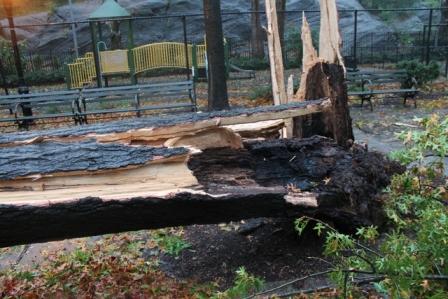
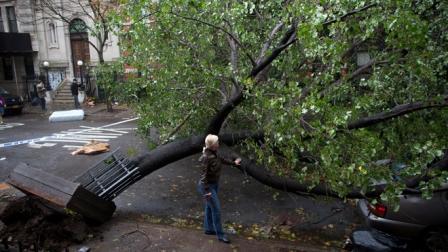
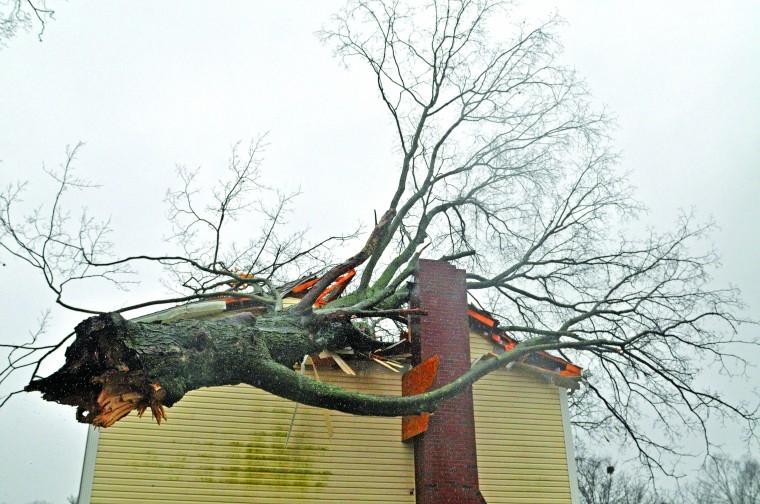
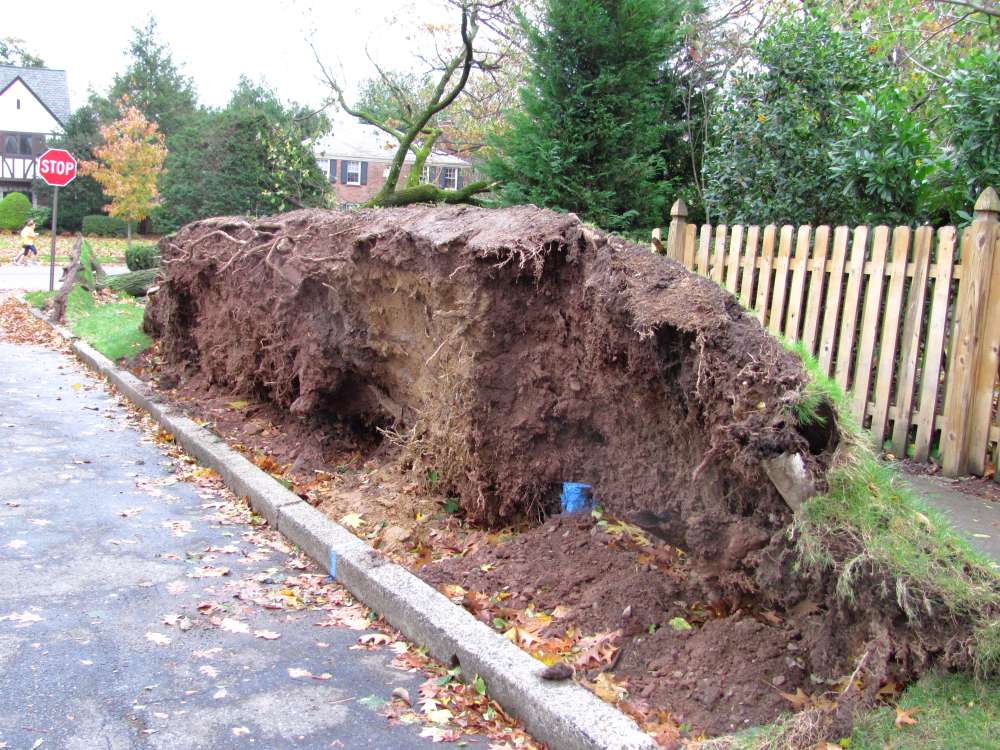
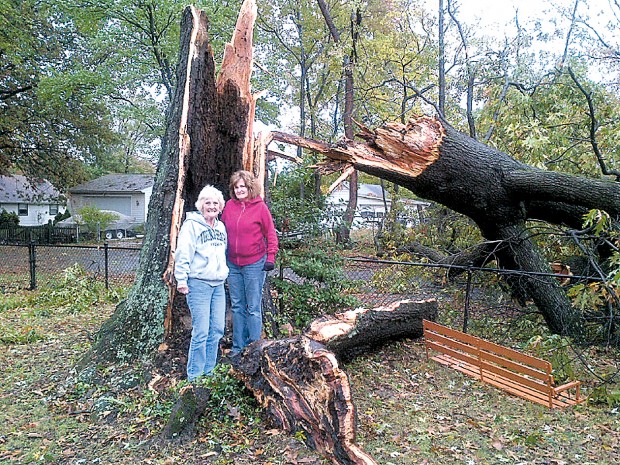
This brings me to a modest proposal: I propose insurance companies provide discounts for homeowners to have a hazard evaluation of trees on their property. I did a quick search on the major insurance companies and they currently offer homeowners discounts of up to 15% for, among other things:
Smoke alarms
Burglar alarms
Fire extinguishers
Security systems
Roofing materials
Sprinkler systems
The rational is self-evident; the cost of the discounts is more than off-set by damage and subsequent claims that are prevented. How much of a discount should homeowners get for a hazard assessment? I dunno, but I’m sure there are actuaries somewhere that could figure out cost-benefit breakdown of identifying hazards and removing them on a calm, clear day versus waiting until they come down in a major storm and destroy a car or a house or worse.
Looking at all the photos of toppled trees and lifted sidewalks in the NY Times coverage of Sandy was discouraging, exactly for the reasons you’re talking about here — and for the fact that a skinny little tree lawn between a street curb and a sidewalk Amy be ok for a juvenile tree, but in the way that kittens grow into cats, young little trees grow into older, much bigger trees, both above and below ground. Those photos sure make an argument for tree maintenance, and for providing adequate rooting area for the projected mature size of a tree…and seeing how much basal wounding and subsequent rot can take place in an unprotected street tree, your proposal for insurance checks (and then, we hope, intelligent maintenance) makes sense.
I am pondering this as a concerned neighbor observing two trees being overtaken by English ivy across the street. I have heard the neighbors are not really open to “suggestions,” but I have a county handout on the danger to trees ready to stick in their mail box. In a summer storm, one of the trees that fell in my hood was covered in ivy. What a scourge.
When we purchased our home last year and got our home owners policy, we inquired about this exact thing. The short of it was that they did not offer anything for getting a professional in to look and remove trees that could pose a danger, but if we knew that a tree on our property was obviously a danger to our house and didn’t remove it, then our insurance wouldn’t cover the damages. I wonder how many claims will be denied because the trees have obvious issues.
This is such a sensible and smart suggestion, Bert. I’d like to share this idea with our readers – would you mind if I reprinted your original post (with accreditation, of course) on our blog (http://www.deeproot.com/blog/)?
Leda:
By all means. By the way, I enjoy following the deeproot blog.
That’s so great – thank you, Bert, and thanks for following the DeepRoot blog!
The people in the last photo are smiling because the tree fell onto the neighbor’s property.
I think the insurance companies are hoping the trees will fall on the neighbors’ house and be their problem. The one time I had a tree blow over onto the neighbors’ house. My insurance company asked if the tree was dead. Since it wasn’t, it wasn’t our problem.
Wow, these pictures are incredible. It is so weird how wind and weather can bring a tree down. Great site, thanks for sharing.